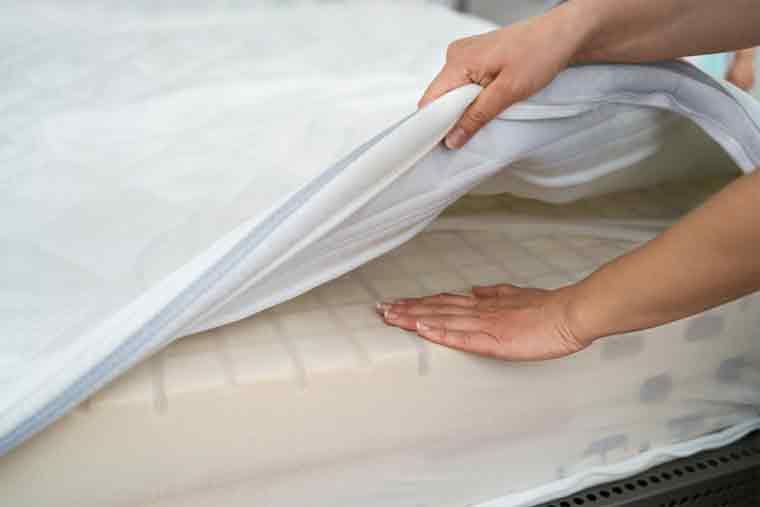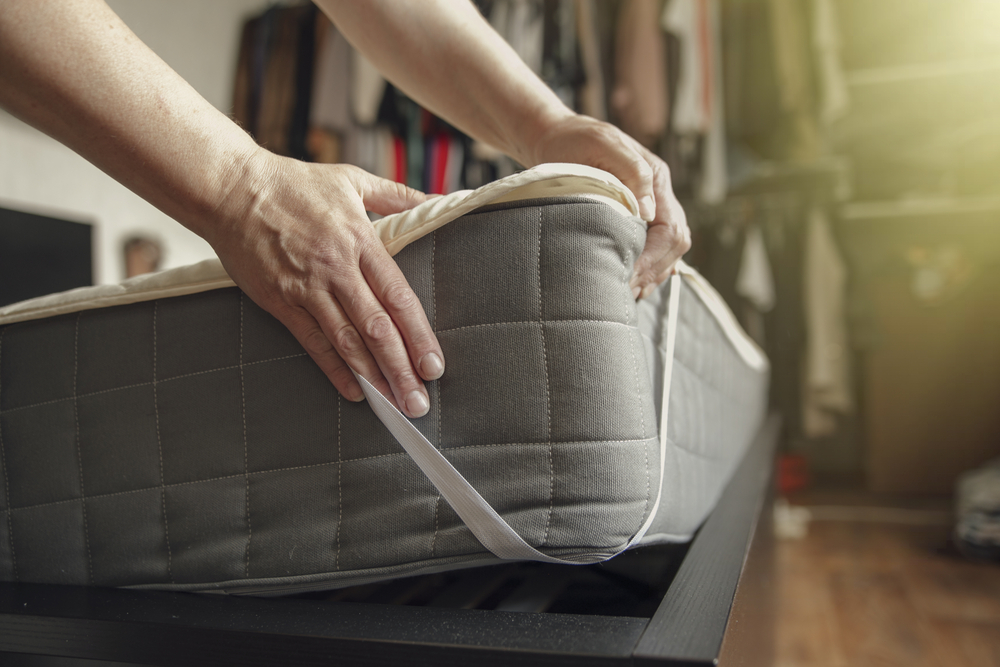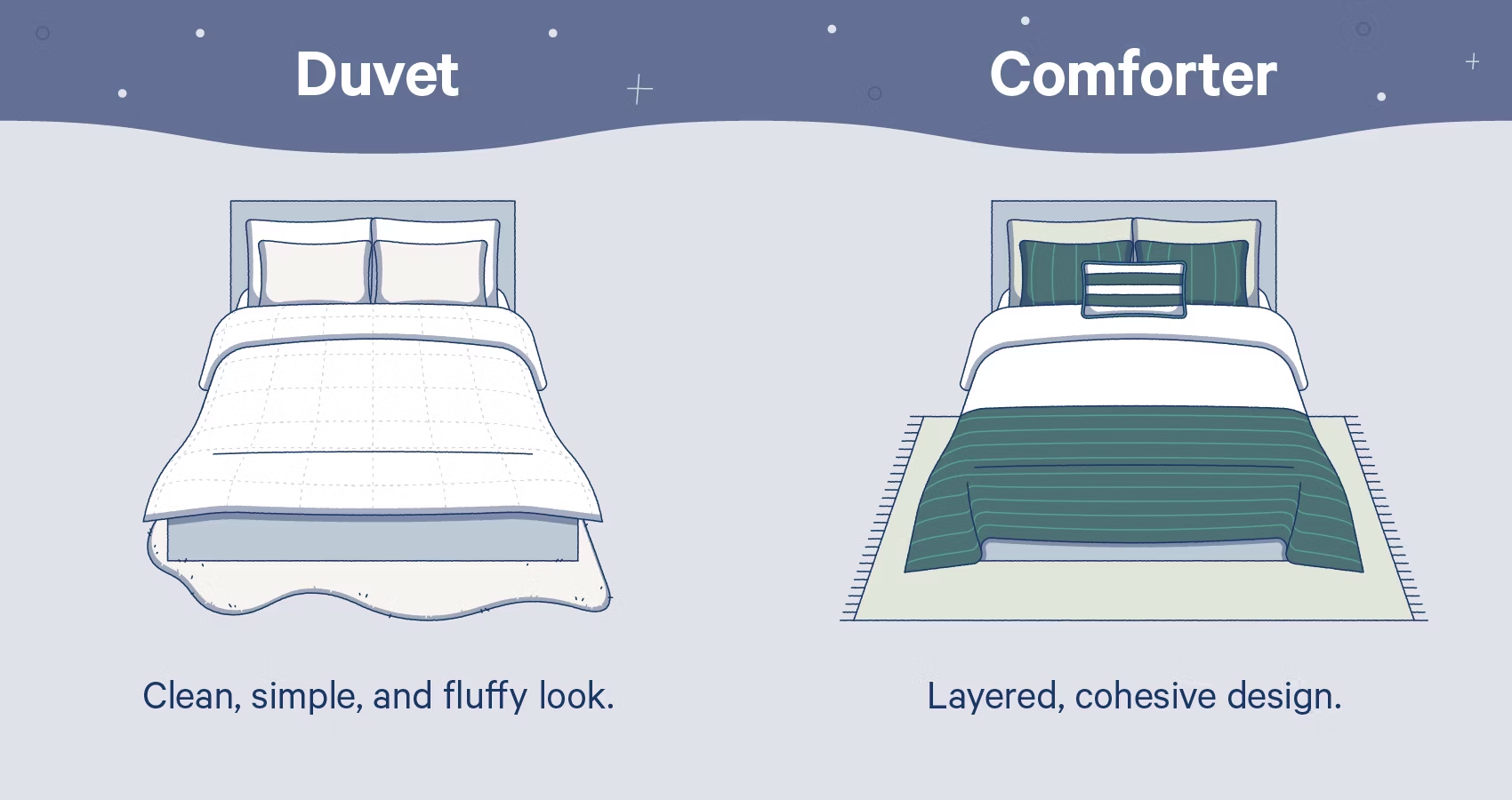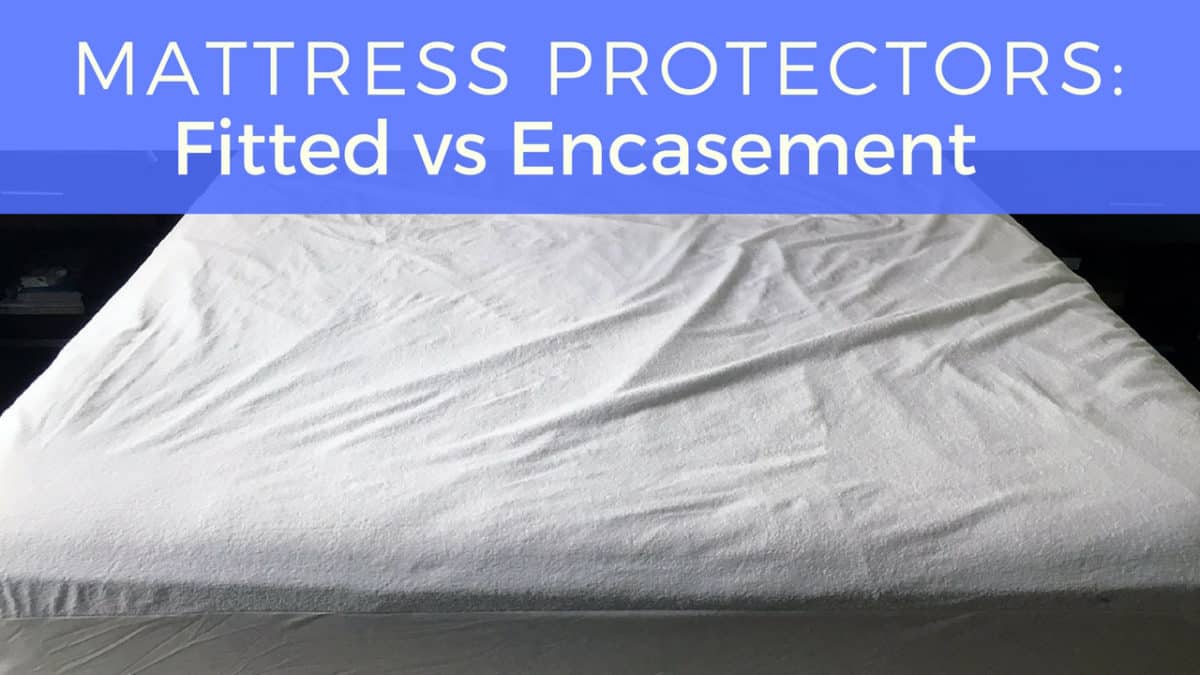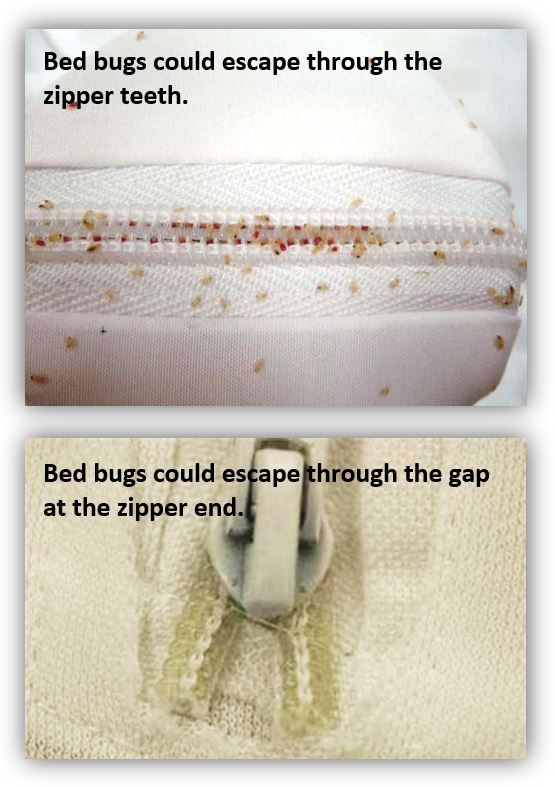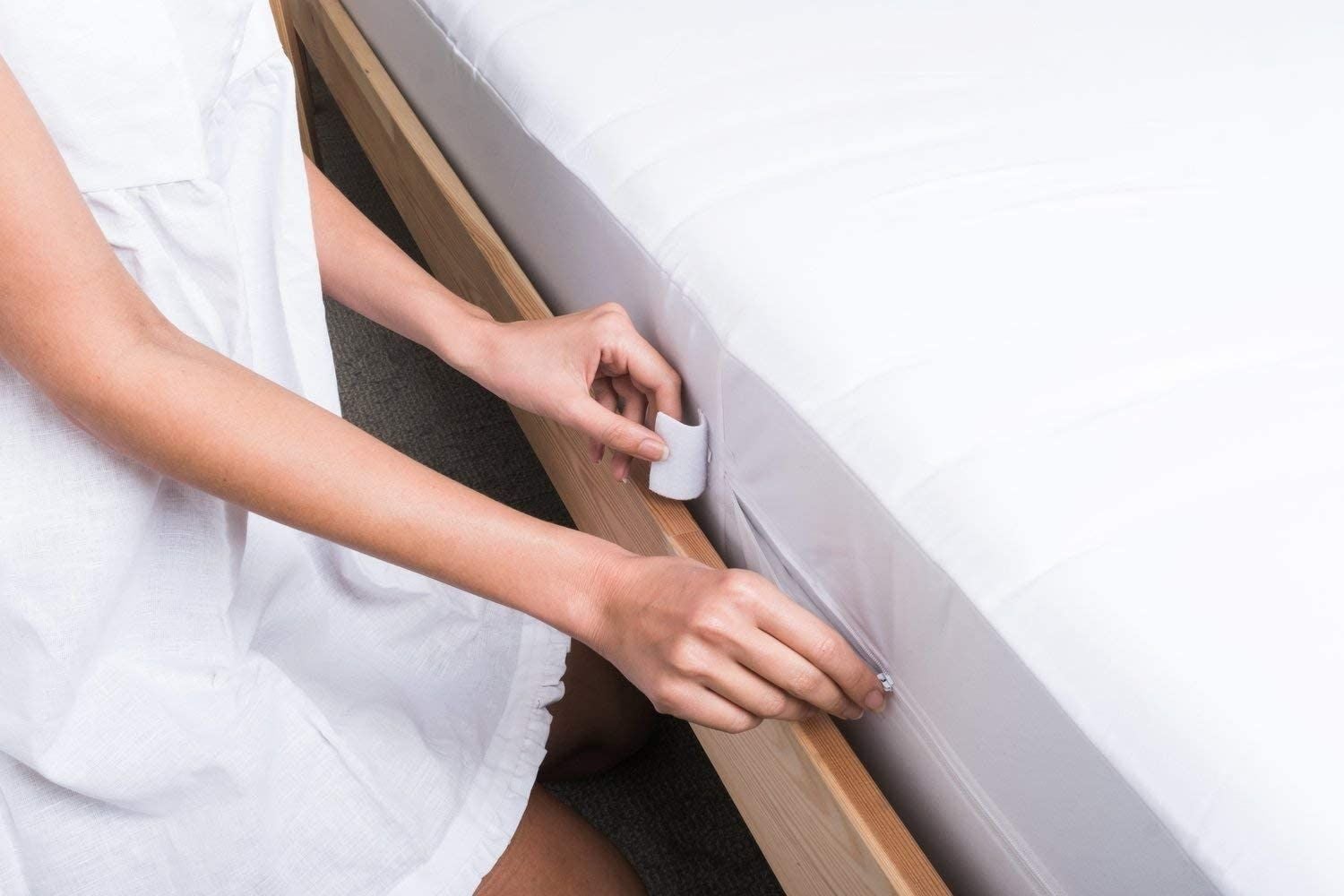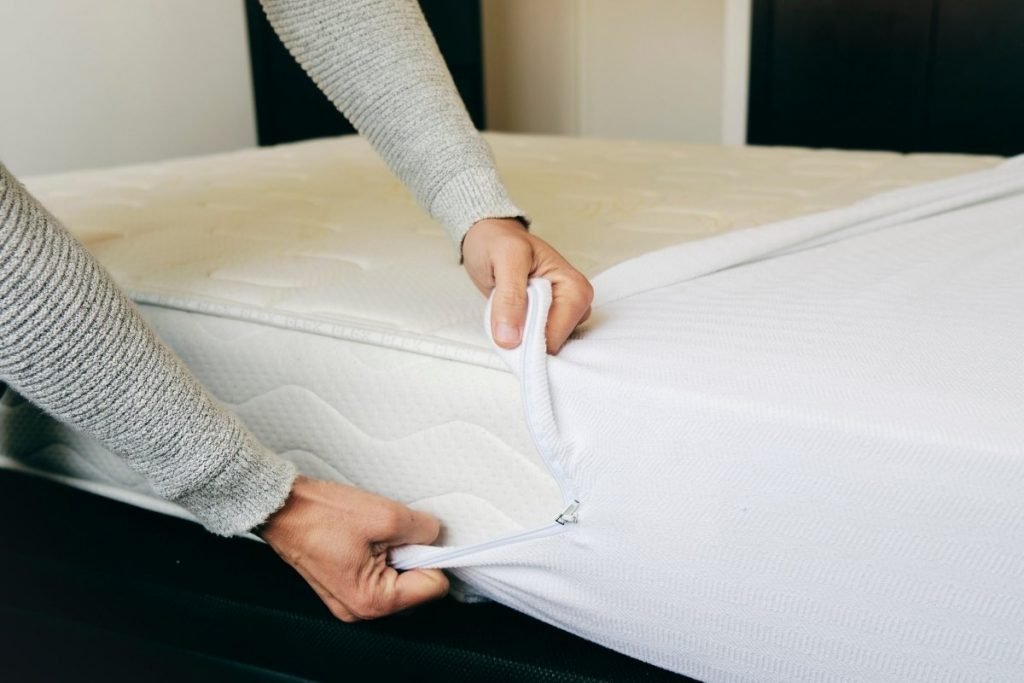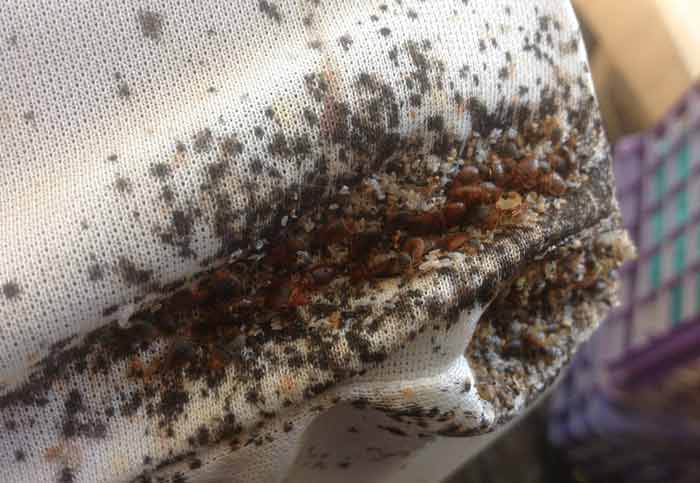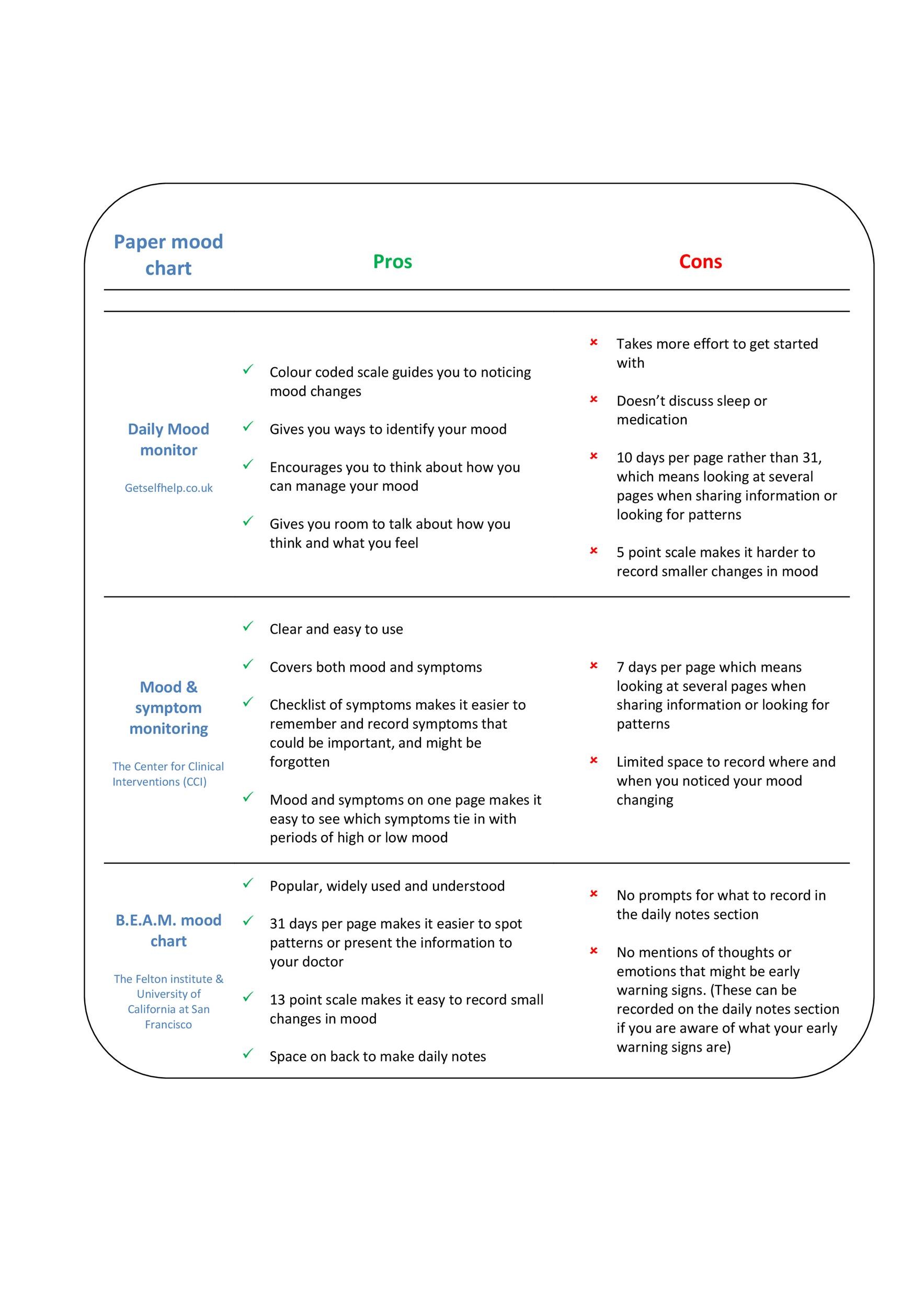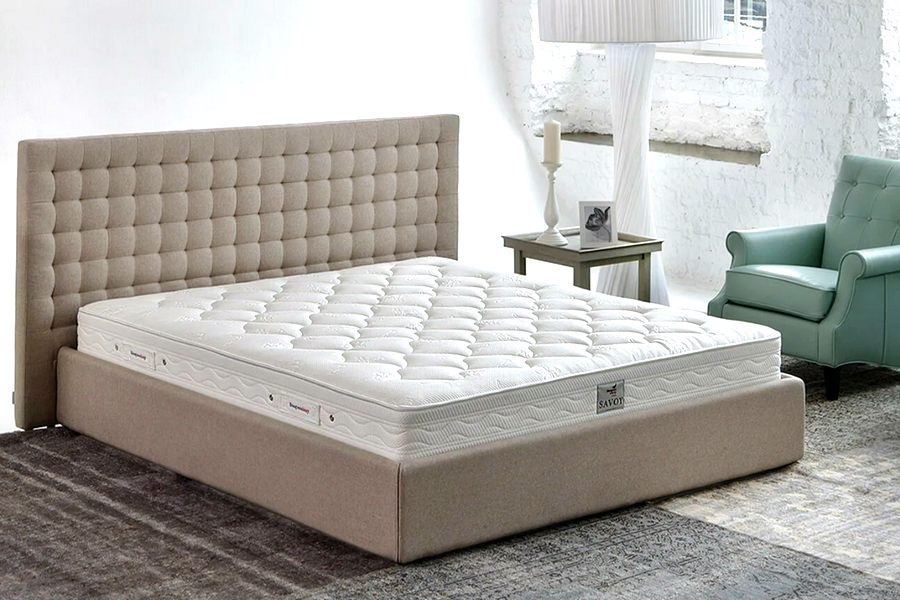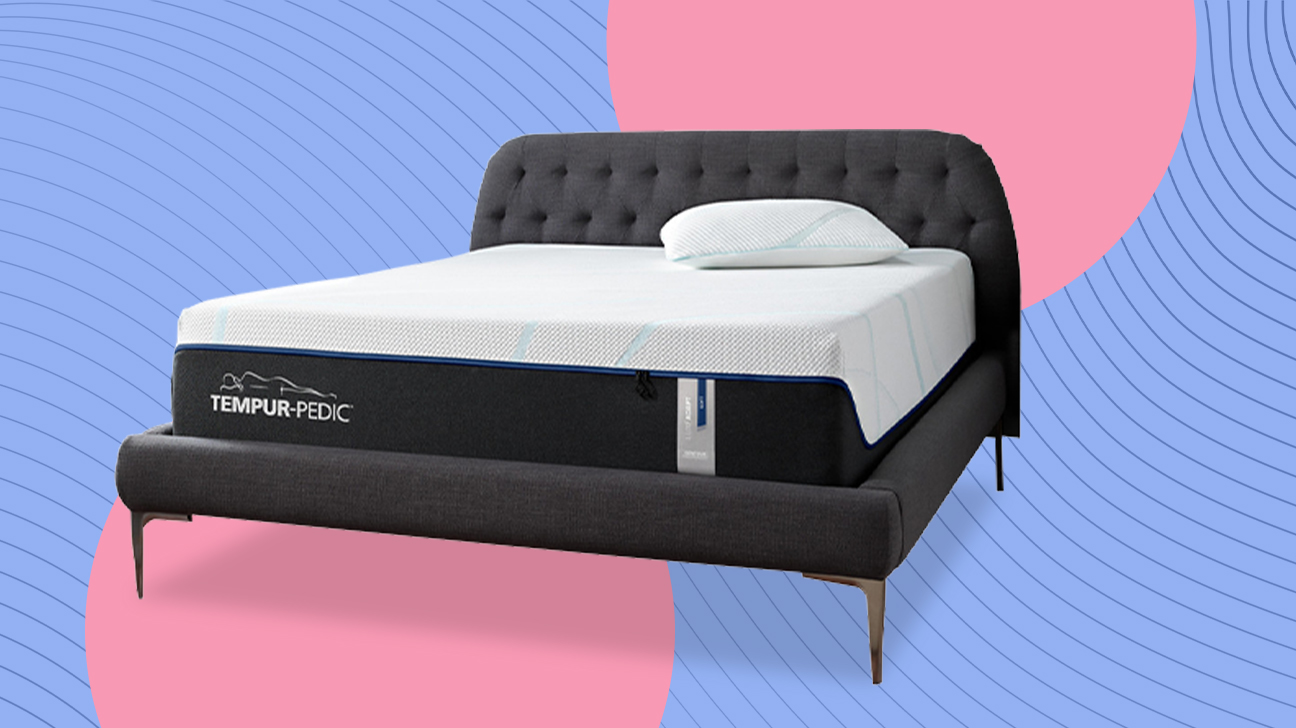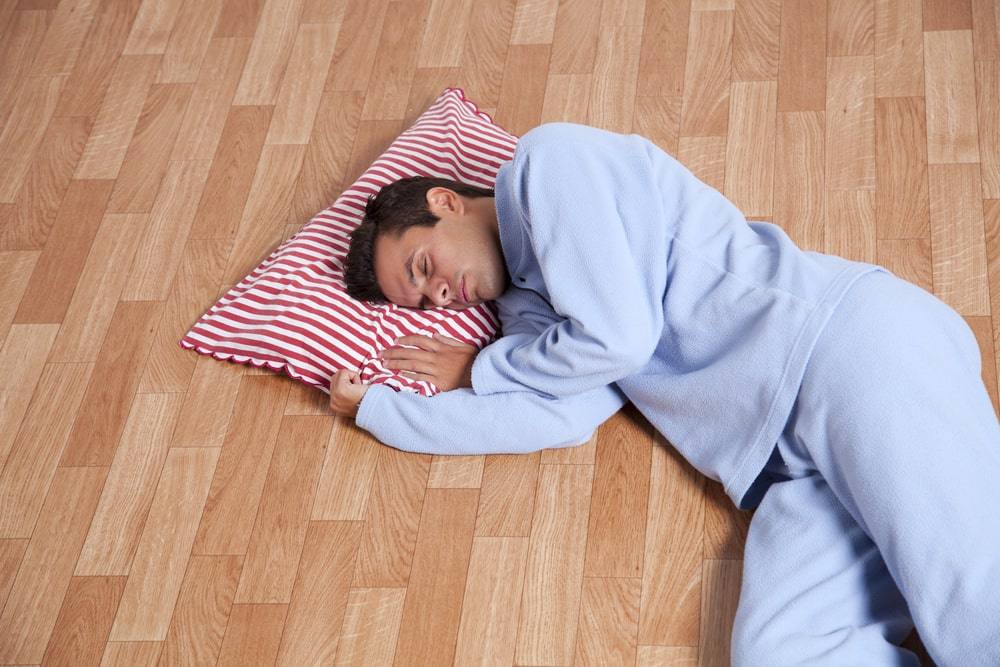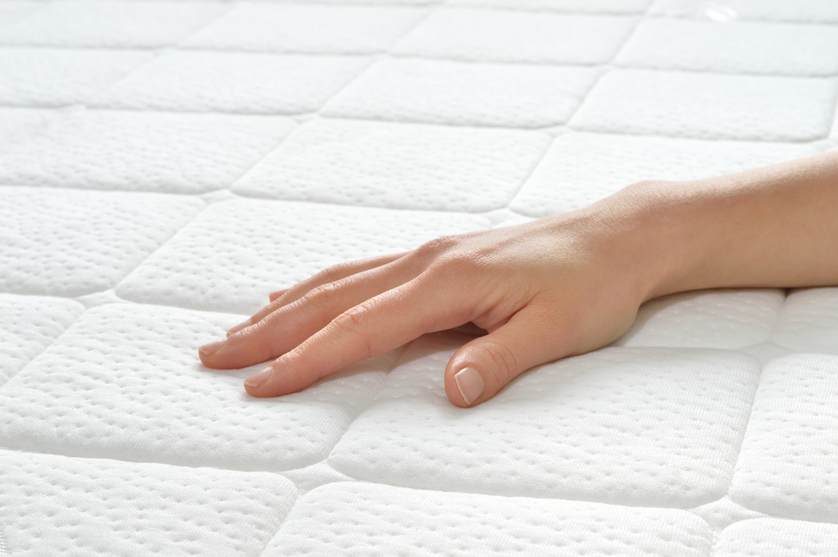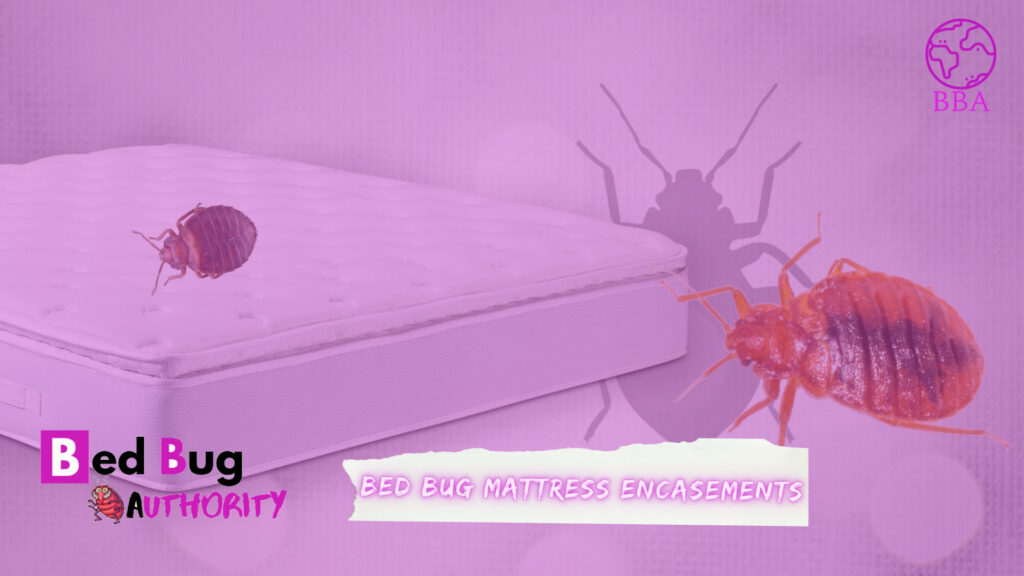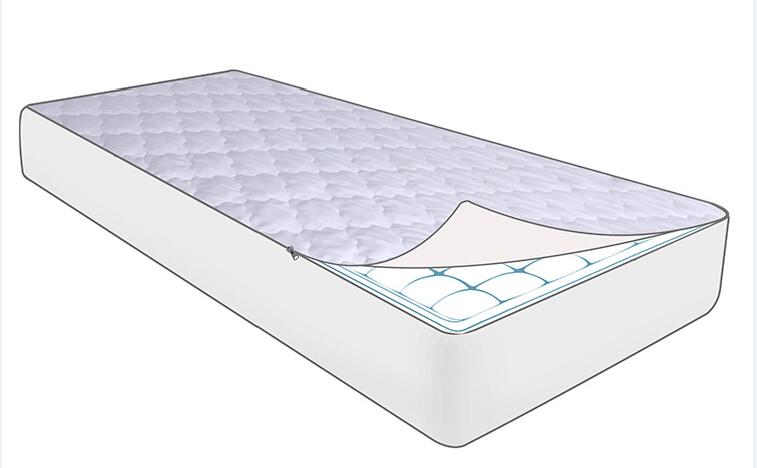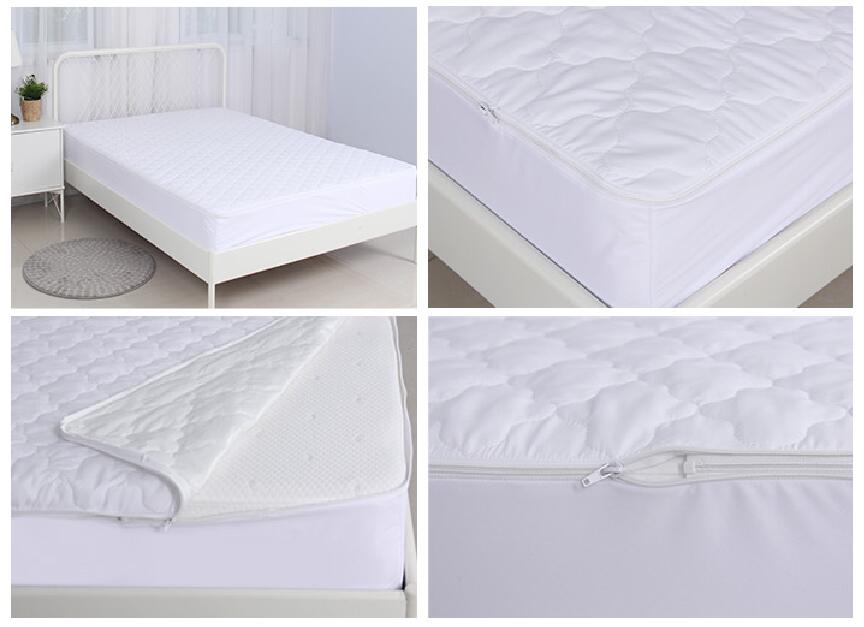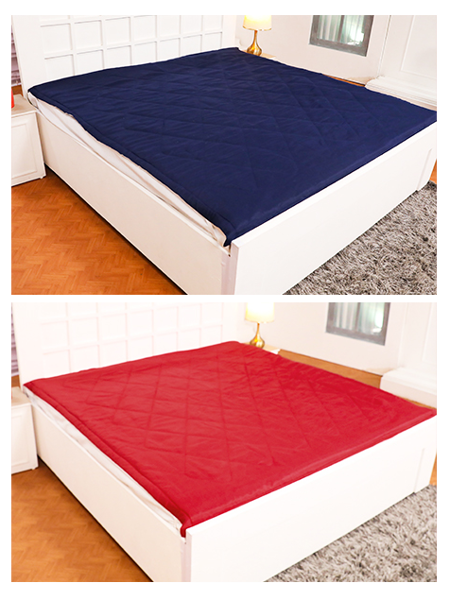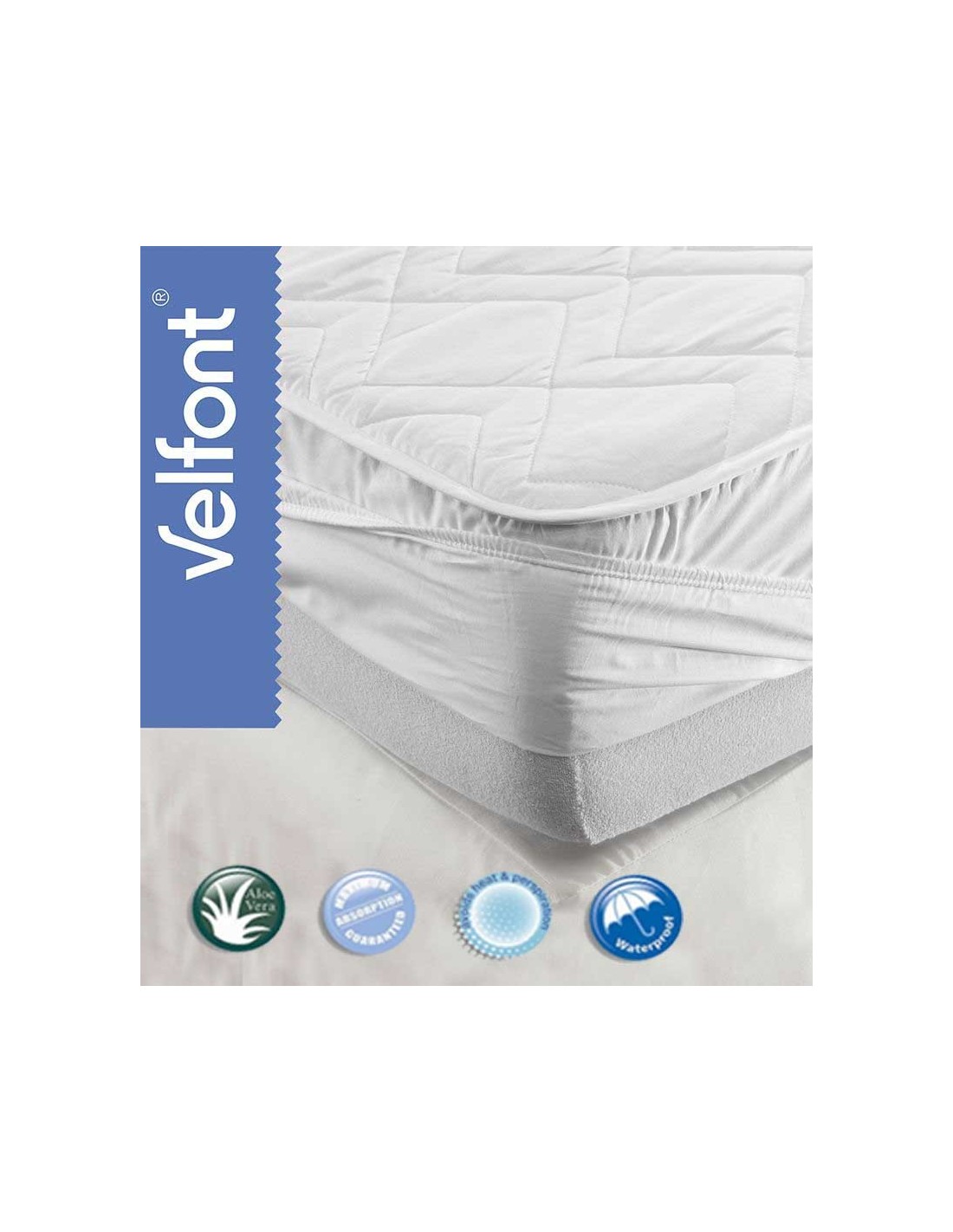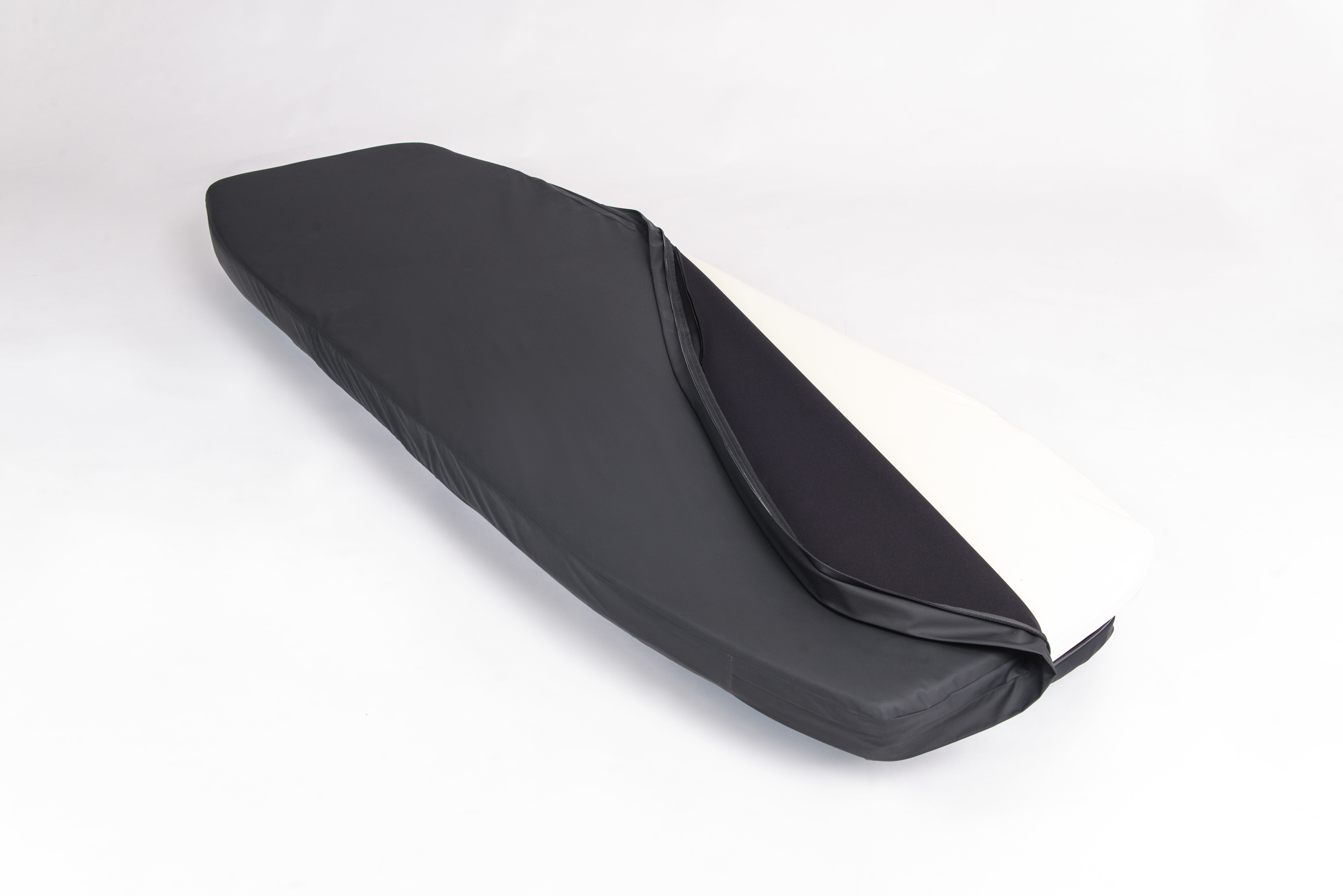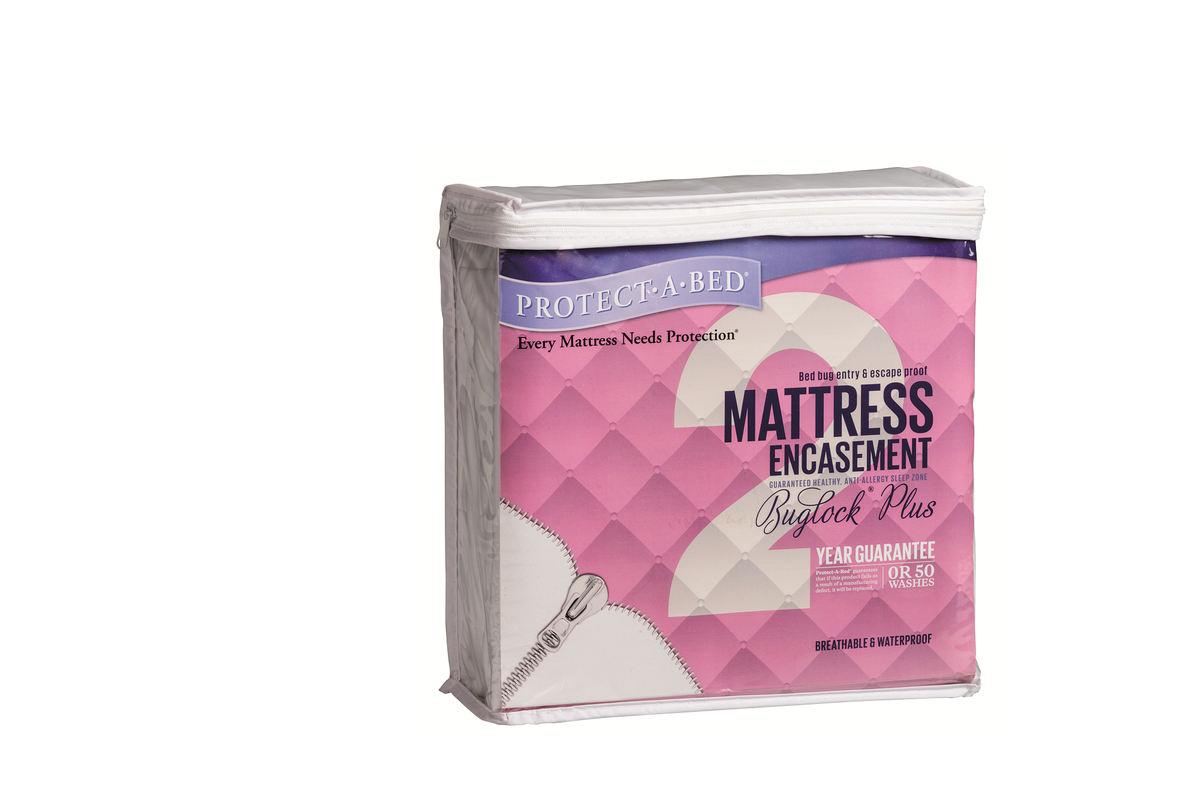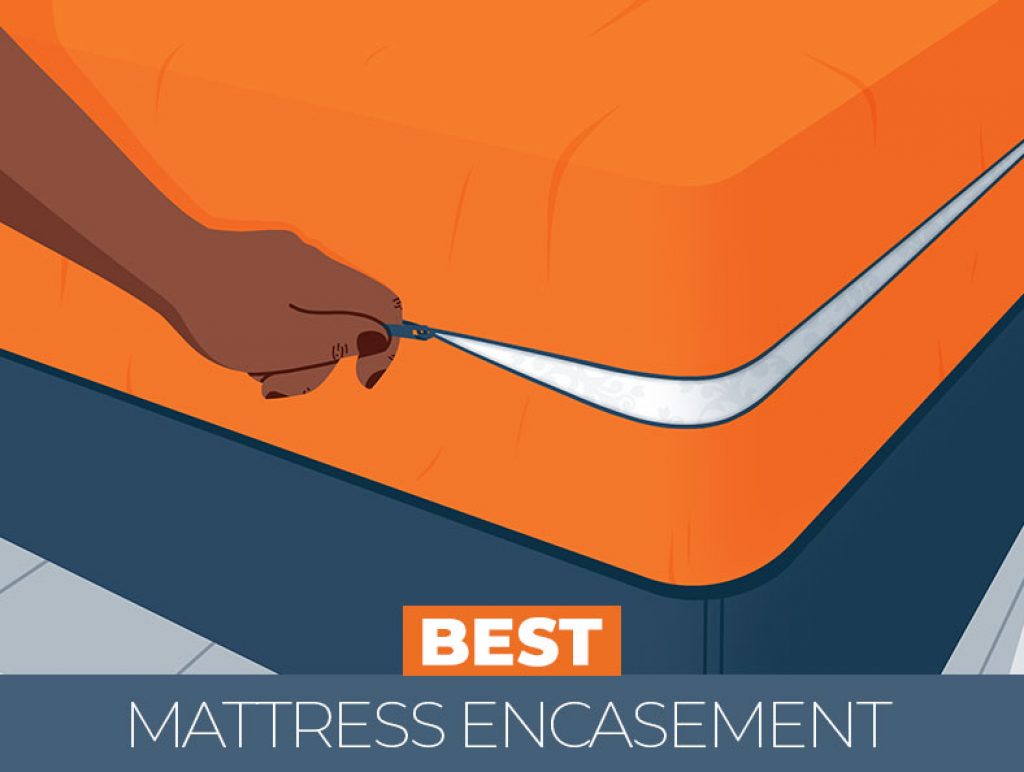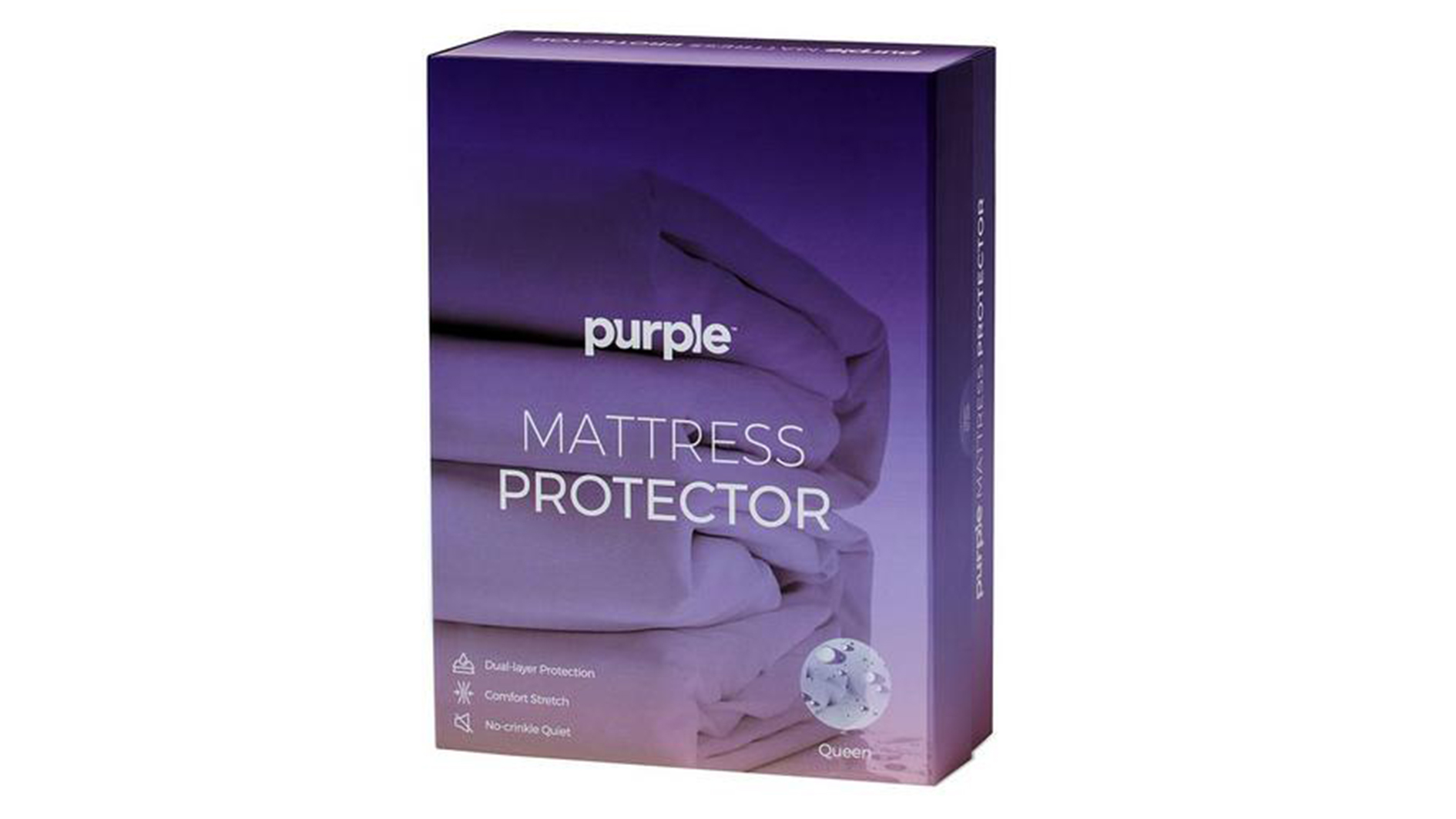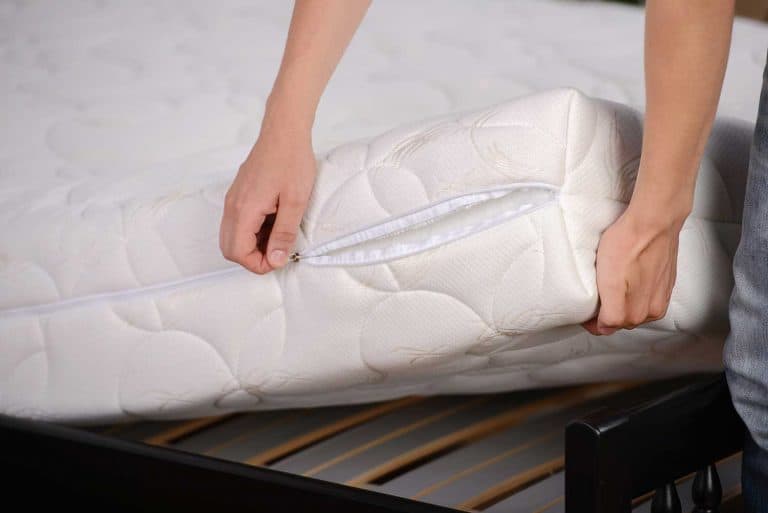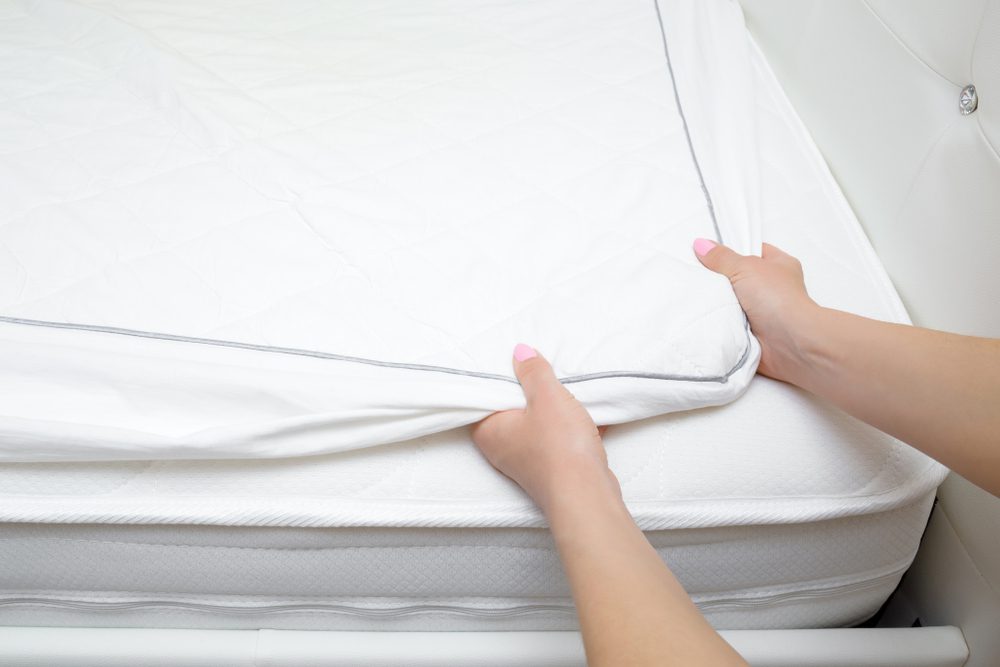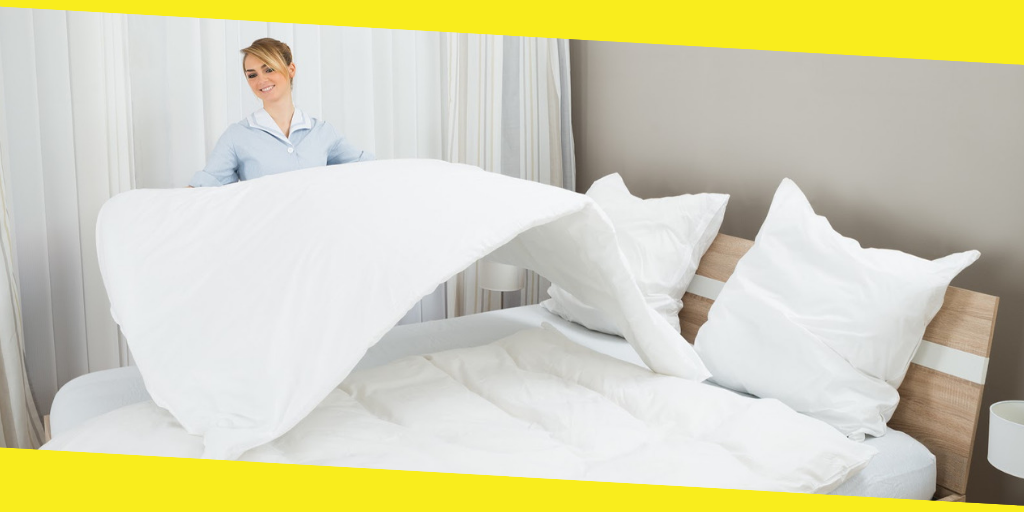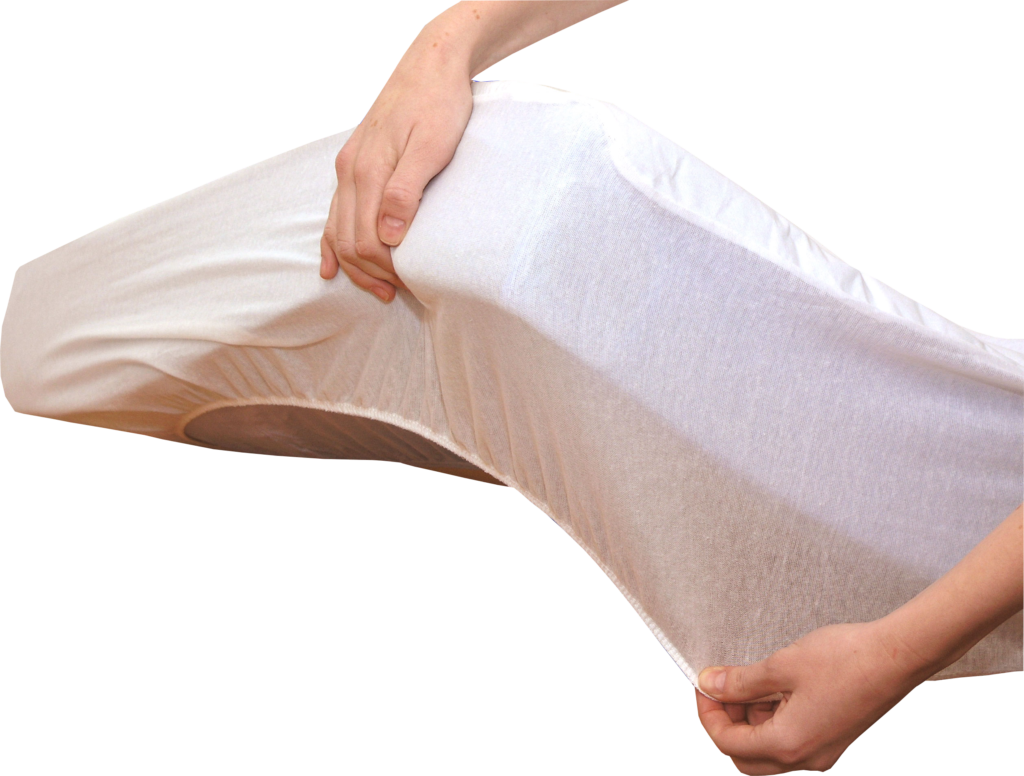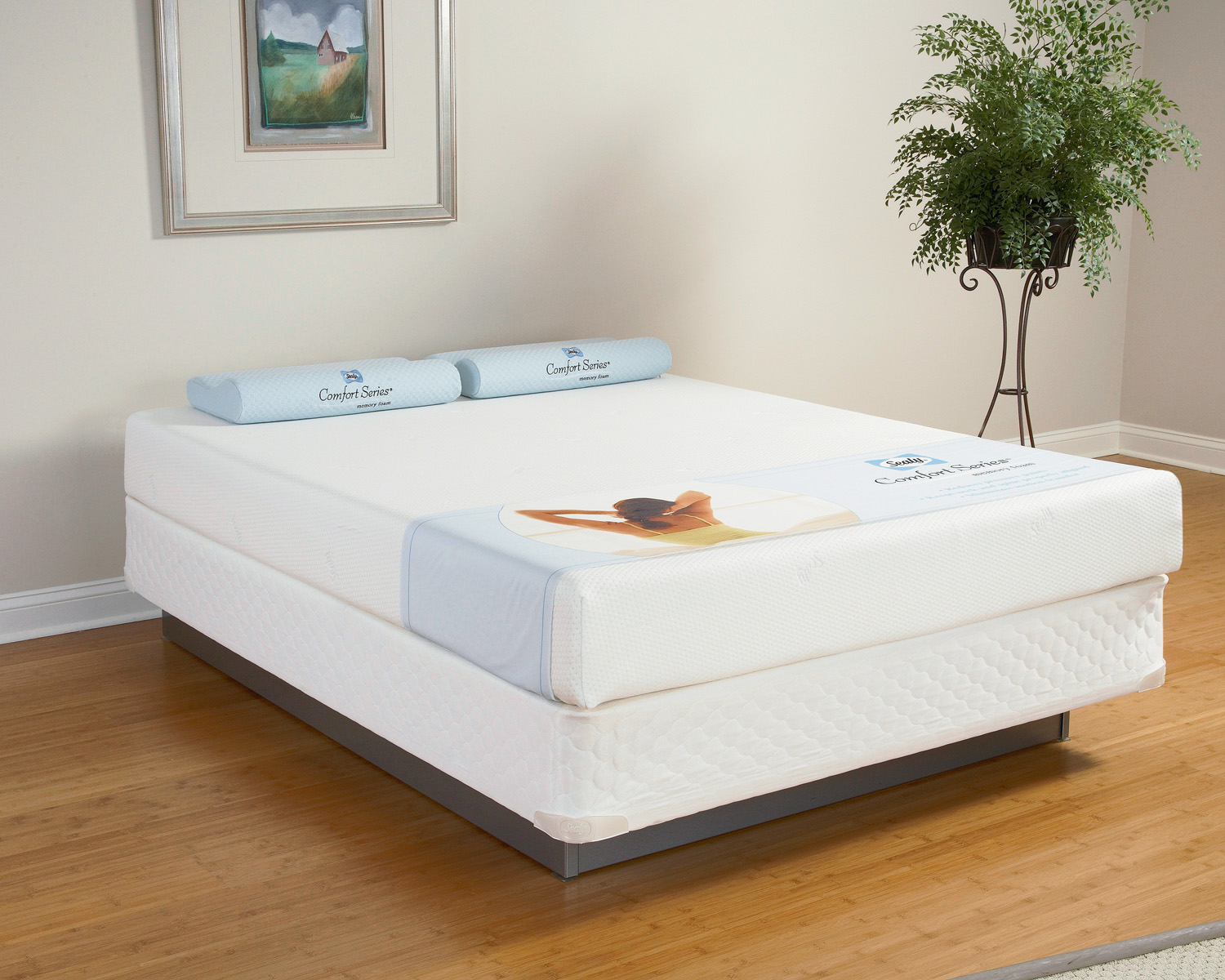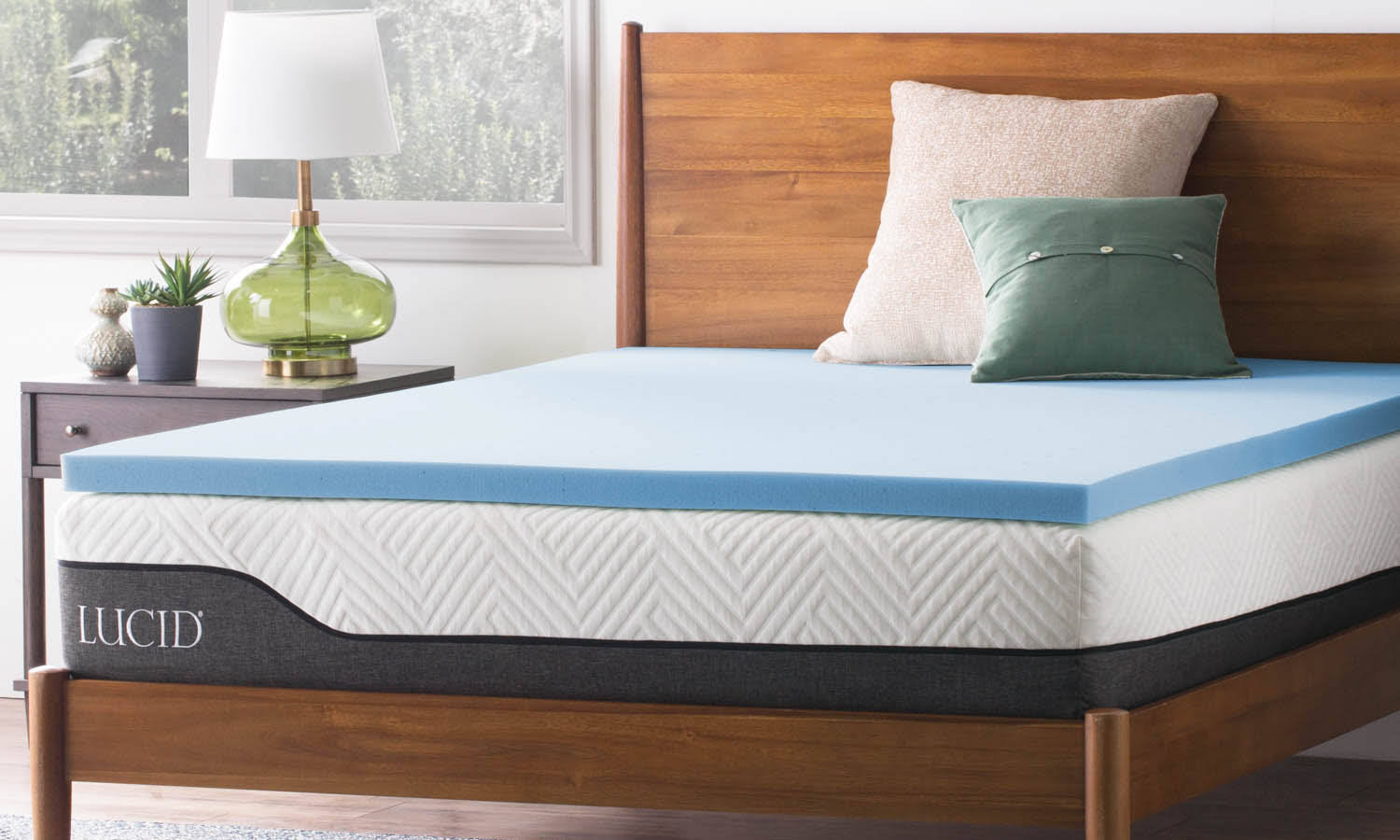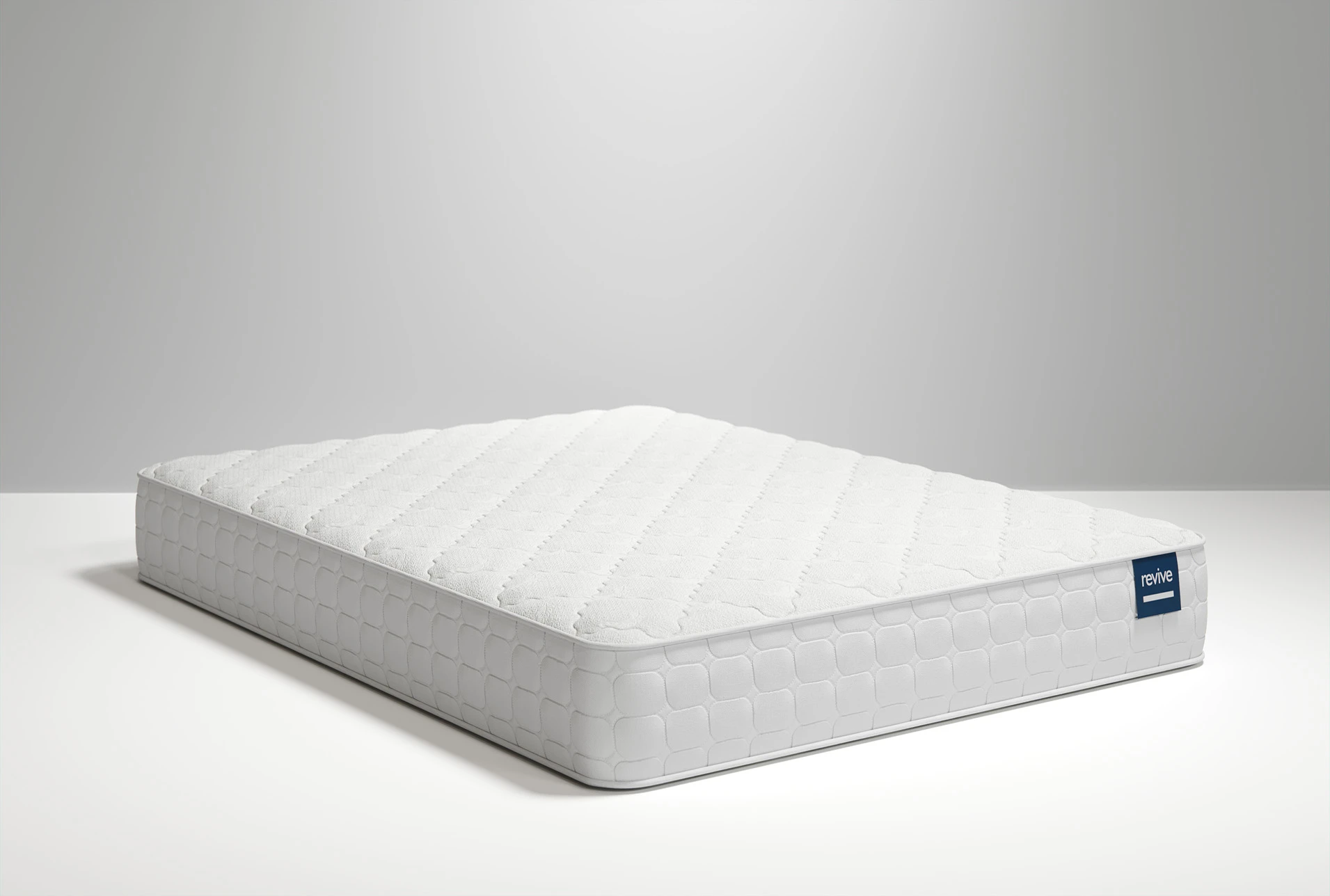When it comes to protecting your mattress, there are two main options to choose from: a mattress cover or an encasement. While both serve the purpose of keeping your mattress clean and prolonging its lifespan, there are some key differences between the two. A mattress cover is a thin, fitted sheet-like covering that goes over your mattress like a fitted sheet. It typically only covers the top and sides of the mattress, leaving the bottom exposed. On the other hand, an encasement is a larger, zippered covering that completely encases your mattress, providing full protection on all sides. So, the main difference between a mattress cover and an encasement is the level of coverage they provide. But there are also other factors to consider when deciding which one to use for your mattress.What is the difference between a mattress cover and an encasement?
Bed bugs are a common nightmare for many homeowners, and protecting your mattress from them is crucial. In this case, an encasement is the better option. Since it fully encloses your mattress, it creates a barrier that bed bugs cannot penetrate. This means that if your mattress is already infested with bed bugs, an encasement can help contain them and prevent them from spreading to other areas of your home. On the other hand, a mattress cover may not be as effective in preventing bed bugs, as they can easily slip through the spaces between the cover and the mattress. However, using a mattress cover in combination with an encasement can offer even more protection against bed bugs.Mattress cover vs encasement: Which one is better for bed bugs?
As mentioned earlier, a mattress cover offers partial coverage for your mattress. This means that it is easier to put on and take off, making it more convenient for regular cleaning and maintenance. It also tends to be thinner and less bulky, allowing for better breathability and temperature regulation. However, a mattress cover may not offer as much protection against spills or stains, as they can easily seep through the fabric. It also may not be as effective in protecting against allergens, dust mites, and bed bugs.Pros and cons of using a mattress cover
An encasement, on the other hand, offers full coverage and protection for your mattress. It creates a barrier against spills, stains, allergens, dust mites, and bed bugs. This makes it a great option for those with allergies or asthma, as well as for those looking to protect their mattress from wear and tear. Encasements are also typically made with thicker, more durable materials, making them less likely to tear or wear out quickly. They are also easier to clean, as you can simply remove and wash them in the washing machine.Why should you use an encasement for your mattress?
When shopping for a mattress cover or encasement, there are a few key factors to consider to ensure you choose the right one for your needs. First, think about the level of protection you need. If you are mainly concerned about spills and stains, a mattress cover may suffice. But for full protection against allergens, dust mites, and bed bugs, an encasement is the better option. Next, consider the material of the cover or encasement. Look for ones that are waterproof, hypoallergenic, and made with breathable materials to ensure comfort and durability. It is also important to check the size and fit of the cover or encasement to ensure it properly fits your mattress.How to choose the right mattress cover or encasement for your needs
Both mattress covers and encasements can offer protection against allergens. However, encasements may be more effective in this aspect, as they fully enclose the mattress and provide a barrier between you and allergens. Look for covers or encasements that are labeled as hypoallergenic and dust mite-proof for the best protection against allergens.Do mattress covers or encasements protect against allergens?
Dust mites are a common irritant for many people, and using a mattress cover or encasement can help control their presence in your bed. Since dust mites tend to live and thrive in mattresses, using a cover or encasement can create a barrier that prevents them from multiplying and causing allergic reactions. However, it is important to regularly wash and replace your cover or encasement to maintain its effectiveness.Can a mattress cover or encasement help with dust mite control?
In terms of waterproofing, both mattress covers and encasements can offer some level of protection against spills and stains. However, encasements may be more effective in this aspect, as they provide full coverage and are made with thicker, more durable materials. This makes them less likely to tear or allow liquids to seep through.Waterproof mattress covers vs encasements: Which one is more effective?
To ensure the longevity and effectiveness of your mattress cover or encasement, it is important to clean and maintain them regularly. For covers, it is recommended to wash them in the washing machine on a gentle cycle and dry them on low heat. For encasements, it is best to follow the care instructions provided by the manufacturer. It is also important to periodically check for any tears or damage and replace your cover or encasement if necessary. This will ensure that your mattress continues to receive the best protection possible.How to properly clean and maintain your mattress cover or encasement
When it comes to cost, mattress covers tend to be more affordable than encasements. However, it is important to consider the level of protection and durability each option offers. While an encasement may be a larger investment upfront, it can save you money in the long run by protecting your mattress from wear and tear and potential infestations. In conclusion, both a mattress cover and an encasement serve the purpose of protecting your mattress. But when it comes to full coverage and protection against allergens, dust mites, and bed bugs, an encasement is the better option. Consider your specific needs and budget when choosing between a mattress cover and an encasement, and remember to regularly clean and maintain whichever option you choose for the best results.Mattress cover vs encasement: Which one is more affordable?
Mattress Cover vs Encasement: Which is the Better Choice for Your Mattress?
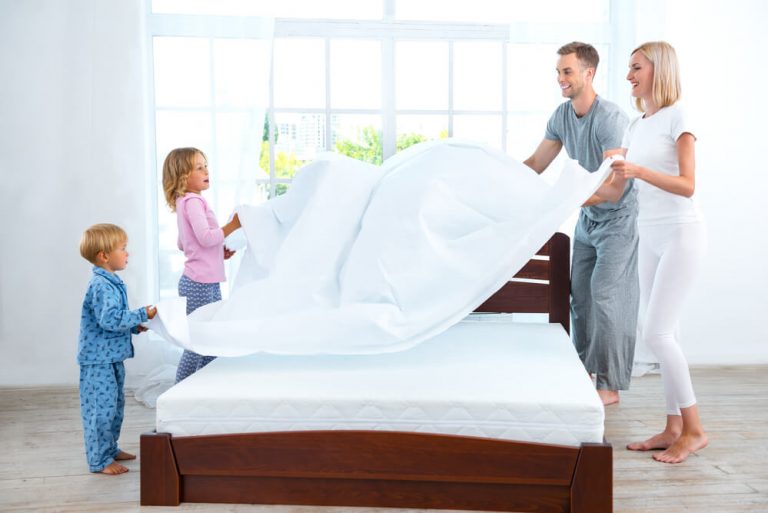
What is a Mattress Cover?
 A
mattress cover
is a thin, fabric layer that is placed over a mattress to provide protection from stains, spills, and general wear and tear. It typically covers the top and sides of the mattress, leaving the bottom exposed. Mattress covers are available in a variety of materials such as cotton, polyester, and waterproof fabrics. They are also commonly used to add an extra layer of comfort to the mattress, providing a soft and plush surface to sleep on.
A
mattress cover
is a thin, fabric layer that is placed over a mattress to provide protection from stains, spills, and general wear and tear. It typically covers the top and sides of the mattress, leaving the bottom exposed. Mattress covers are available in a variety of materials such as cotton, polyester, and waterproof fabrics. They are also commonly used to add an extra layer of comfort to the mattress, providing a soft and plush surface to sleep on.
What is an Encasement?
 On the other hand, an
encasement
is a protective covering that completely encloses the entire mattress, including the top, bottom, and all sides. It is usually made of a thicker and more durable material, such as vinyl or polyurethane, and is designed to provide a barrier against allergens, dust mites, and bed bugs. Encasements are often recommended for those with allergies or for use in guest rooms to prevent the spread of bed bugs.
On the other hand, an
encasement
is a protective covering that completely encloses the entire mattress, including the top, bottom, and all sides. It is usually made of a thicker and more durable material, such as vinyl or polyurethane, and is designed to provide a barrier against allergens, dust mites, and bed bugs. Encasements are often recommended for those with allergies or for use in guest rooms to prevent the spread of bed bugs.
Pros and Cons of Mattress Covers
 Mattress covers
are a popular choice for those looking to protect their mattress from spills and stains. They are also relatively inexpensive and easy to clean, making them a practical option for everyday use. However, they may not provide the same level of protection as encasements and may not be as effective against allergens or bed bugs.
Mattress covers
are a popular choice for those looking to protect their mattress from spills and stains. They are also relatively inexpensive and easy to clean, making them a practical option for everyday use. However, they may not provide the same level of protection as encasements and may not be as effective against allergens or bed bugs.
Pros and Cons of Encasements
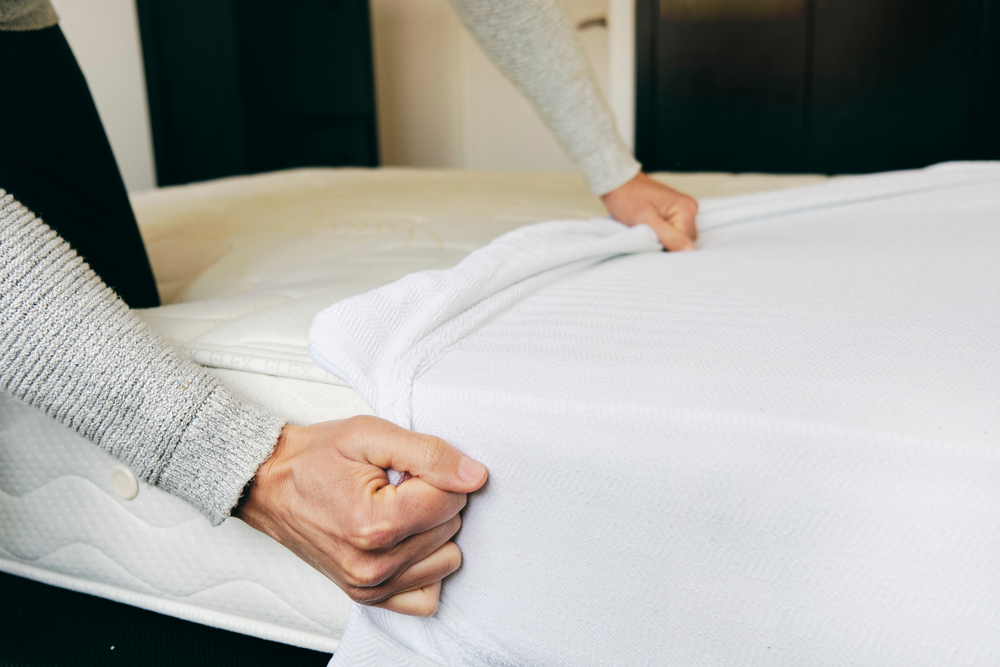 Encasements
offer a higher level of protection for your mattress, with their complete coverage and durable materials. They are also highly recommended for those with allergies or who are concerned about bed bugs. However, they can be more expensive and may not be as comfortable to sleep on as mattress covers.
Encasements
offer a higher level of protection for your mattress, with their complete coverage and durable materials. They are also highly recommended for those with allergies or who are concerned about bed bugs. However, they can be more expensive and may not be as comfortable to sleep on as mattress covers.
Which One is Right for You?
 The choice between a mattress cover and an encasement ultimately depends on your specific needs and preferences. If you are primarily looking for protection against spills and stains, a mattress cover may be sufficient. However, if you have allergies or want to ensure maximum protection against bed bugs, an encasement may be the better choice.
In addition, consider the materials and features of both options. For example, if you prefer a more breathable and natural material, a cotton mattress cover may be a better fit for you. On the other hand, if you want a waterproof and hypoallergenic option, an encasement made of vinyl or polyurethane may be the way to go.
The choice between a mattress cover and an encasement ultimately depends on your specific needs and preferences. If you are primarily looking for protection against spills and stains, a mattress cover may be sufficient. However, if you have allergies or want to ensure maximum protection against bed bugs, an encasement may be the better choice.
In addition, consider the materials and features of both options. For example, if you prefer a more breathable and natural material, a cotton mattress cover may be a better fit for you. On the other hand, if you want a waterproof and hypoallergenic option, an encasement made of vinyl or polyurethane may be the way to go.
The Bottom Line
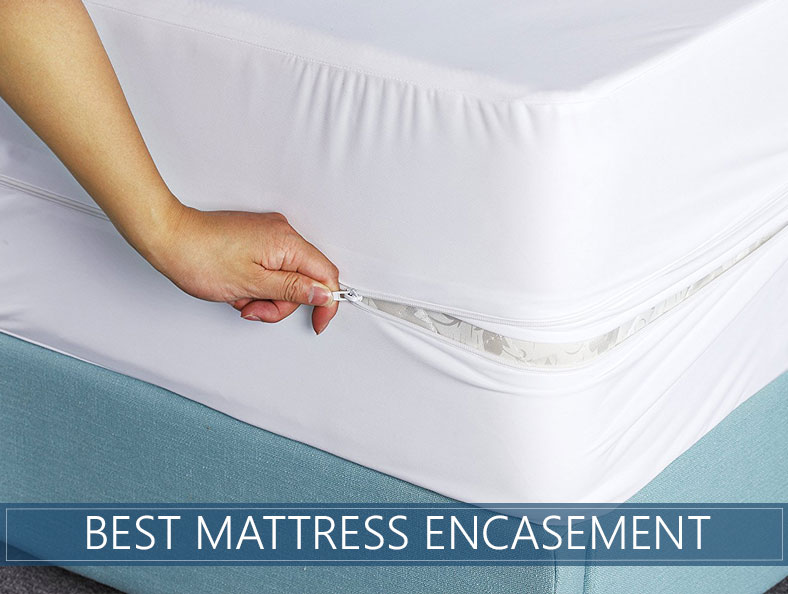 In the end, both a mattress cover and an encasement can provide valuable benefits and protection for your mattress. It is important to carefully evaluate your needs and weigh the pros and cons of each option before making a decision. Whether you choose a mattress cover or an encasement, investing in a protective covering for your mattress can help extend its lifespan and keep it clean and comfortable for years to come.
In the end, both a mattress cover and an encasement can provide valuable benefits and protection for your mattress. It is important to carefully evaluate your needs and weigh the pros and cons of each option before making a decision. Whether you choose a mattress cover or an encasement, investing in a protective covering for your mattress can help extend its lifespan and keep it clean and comfortable for years to come.




